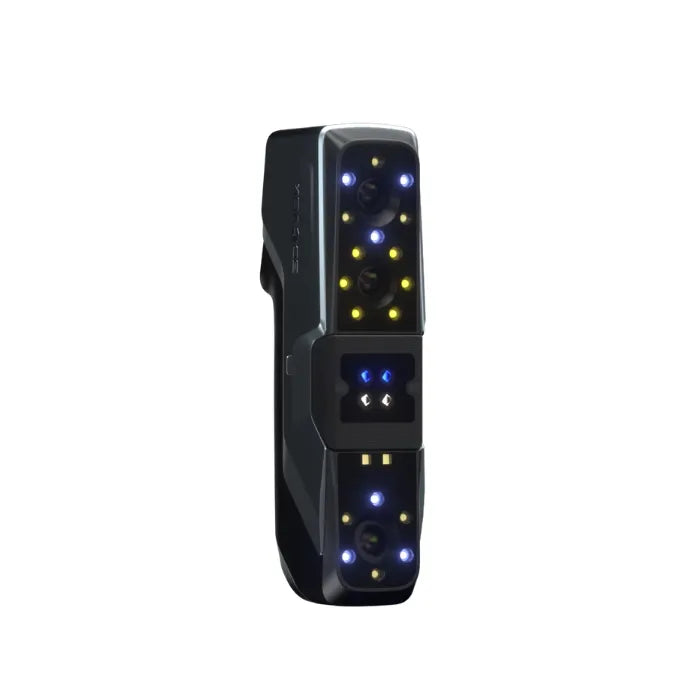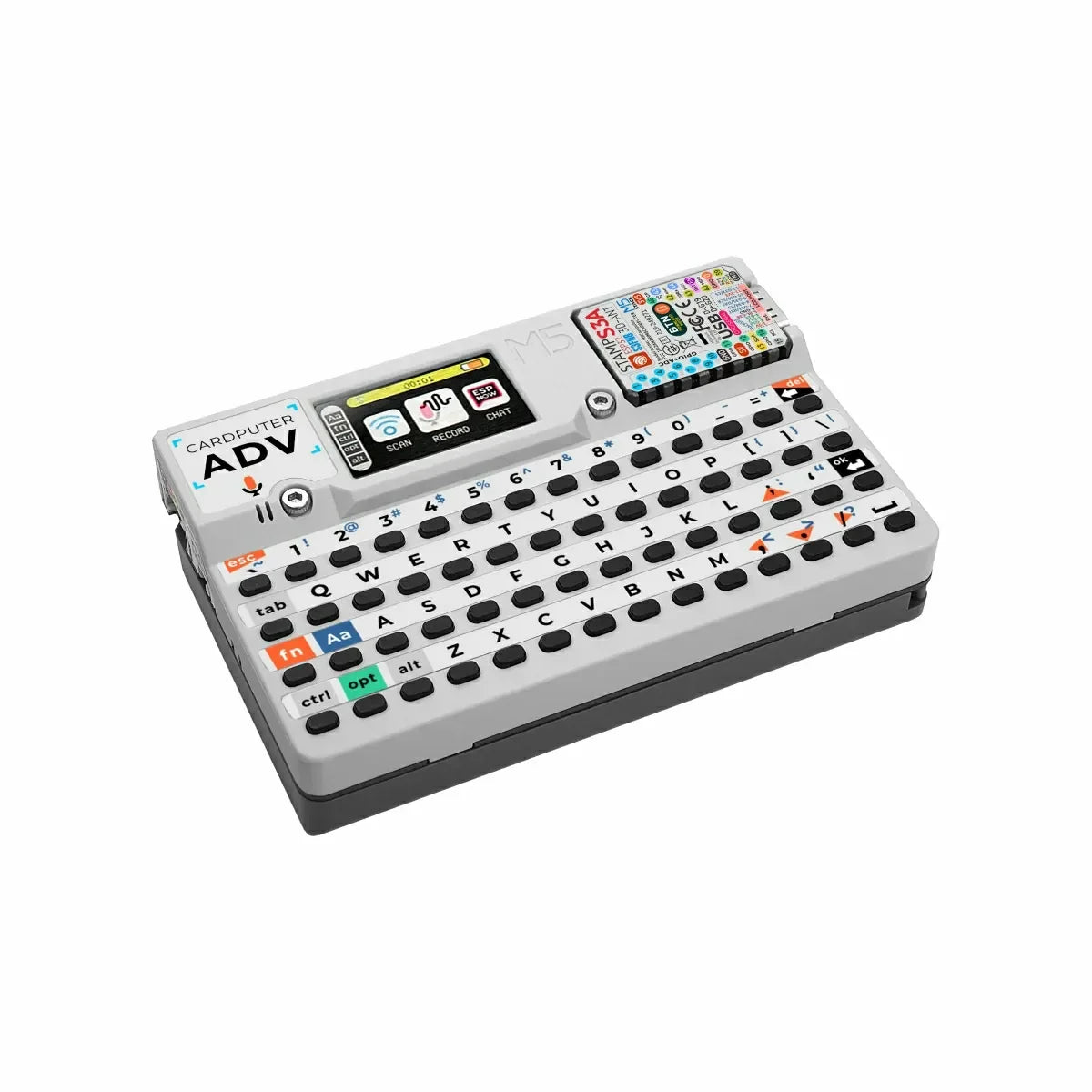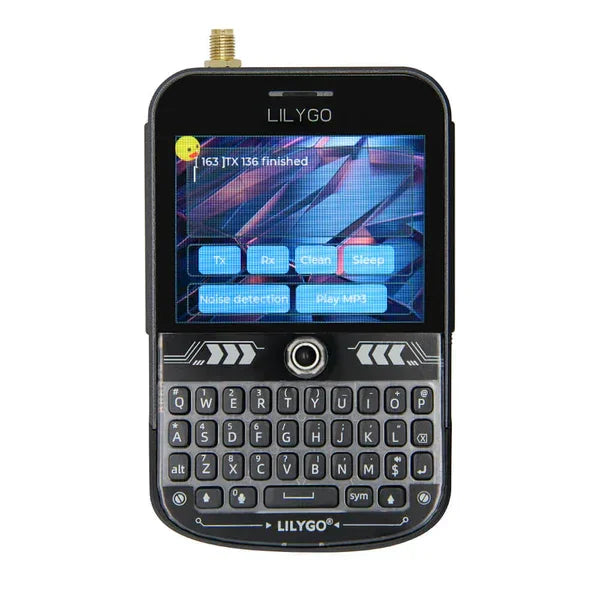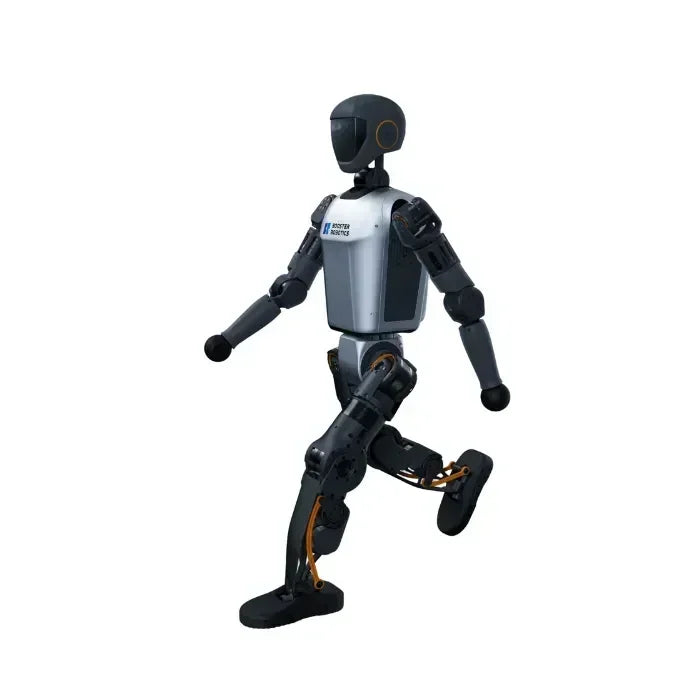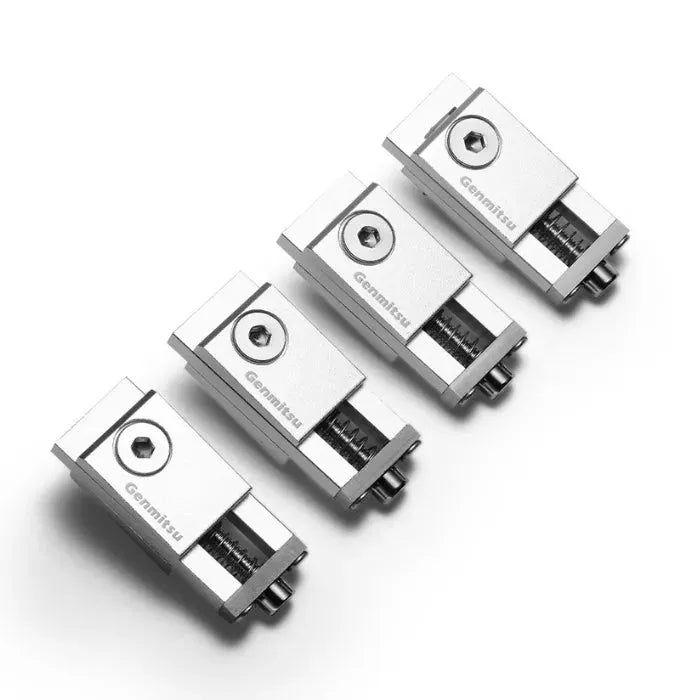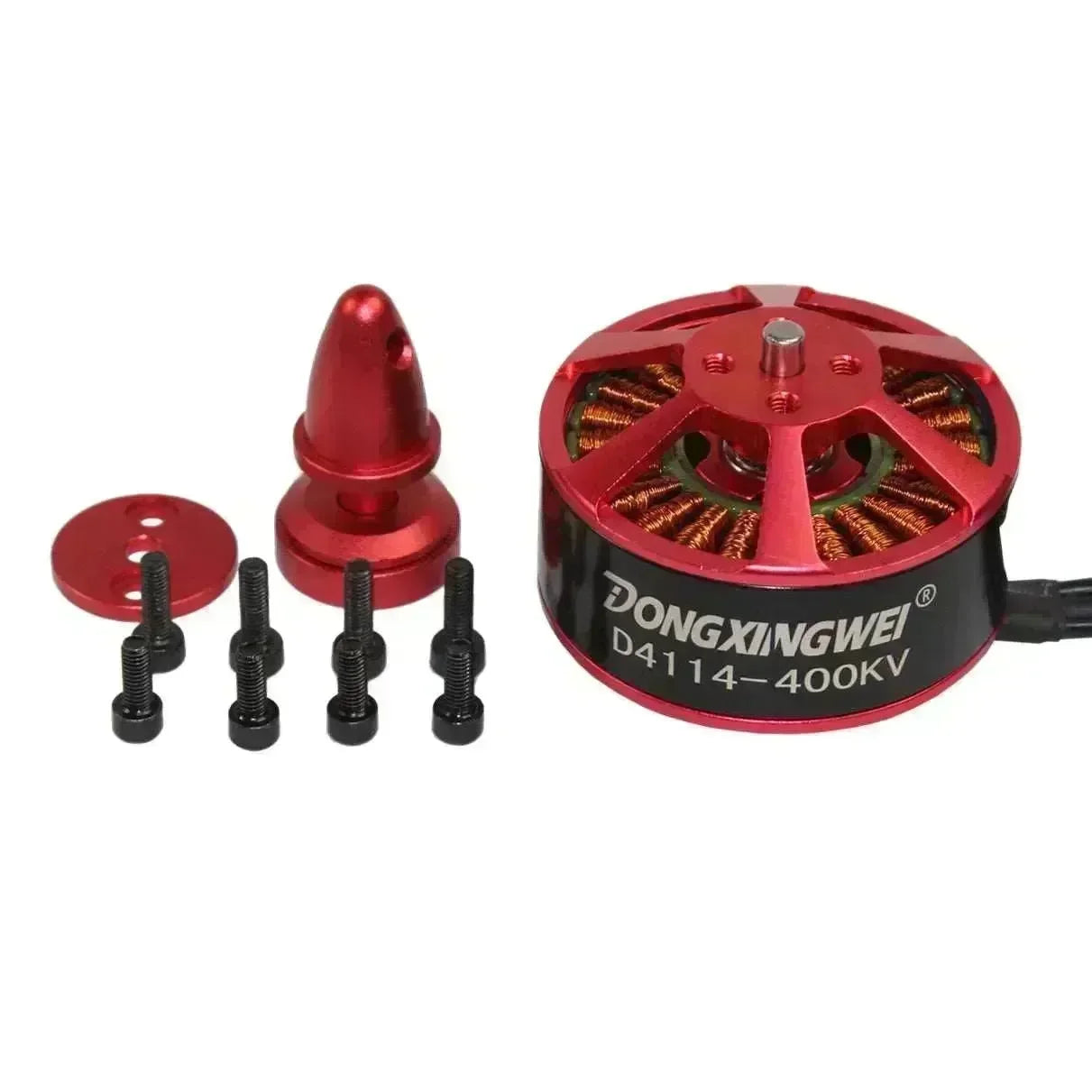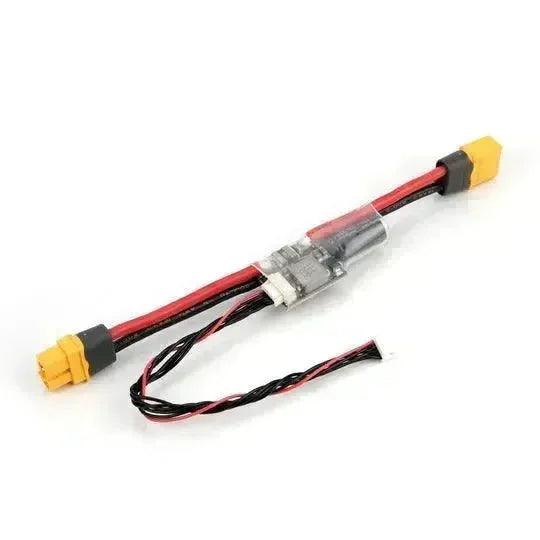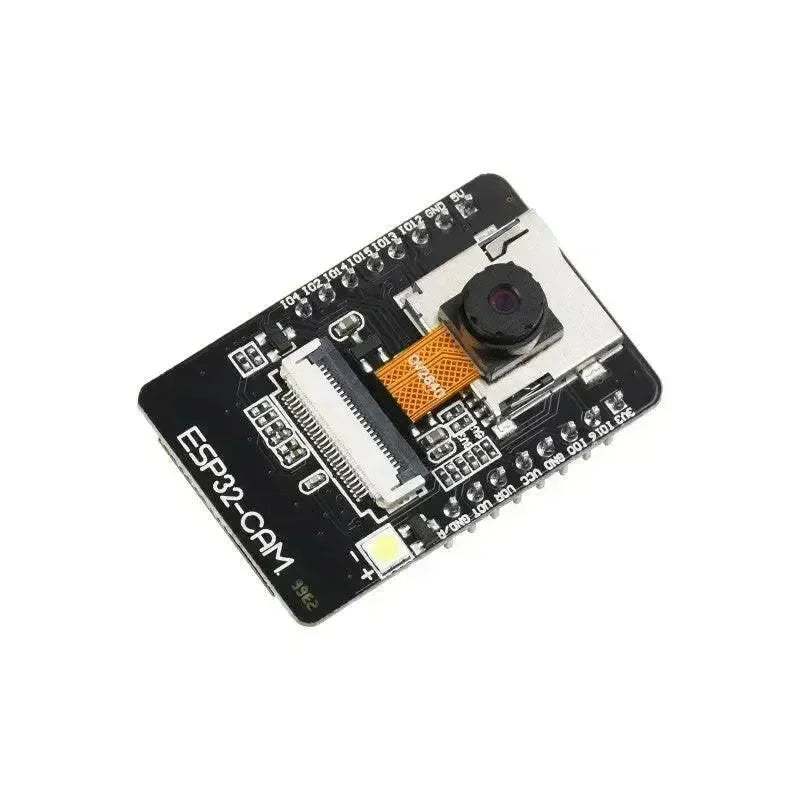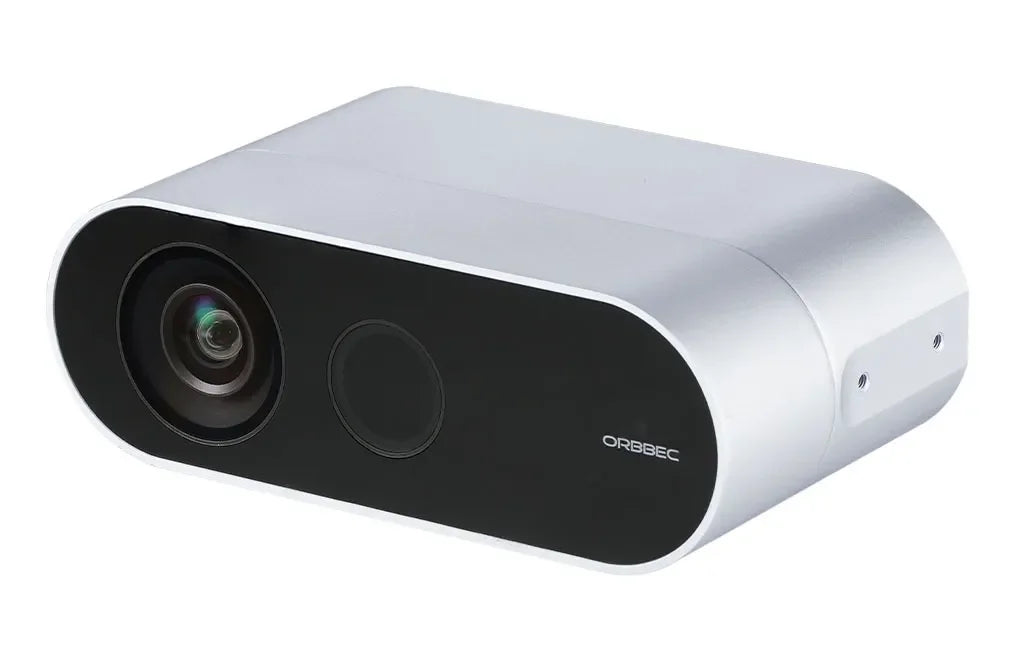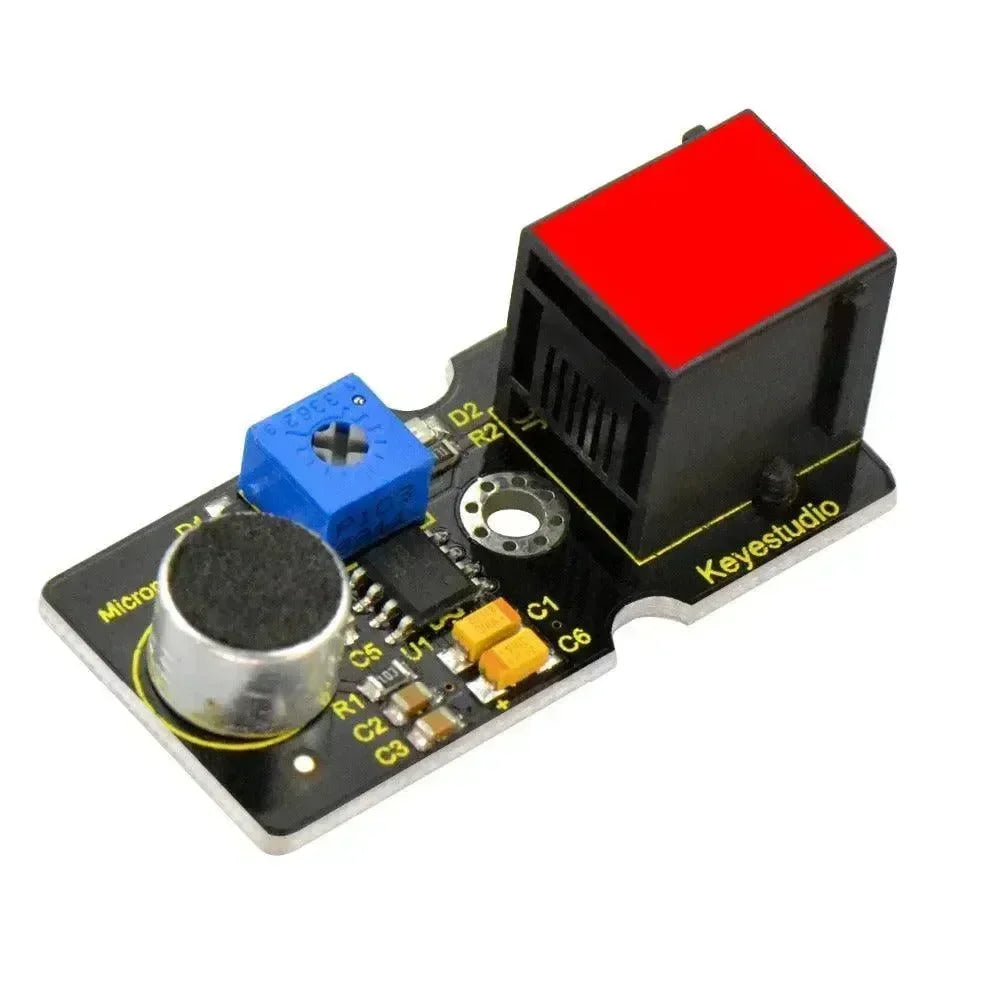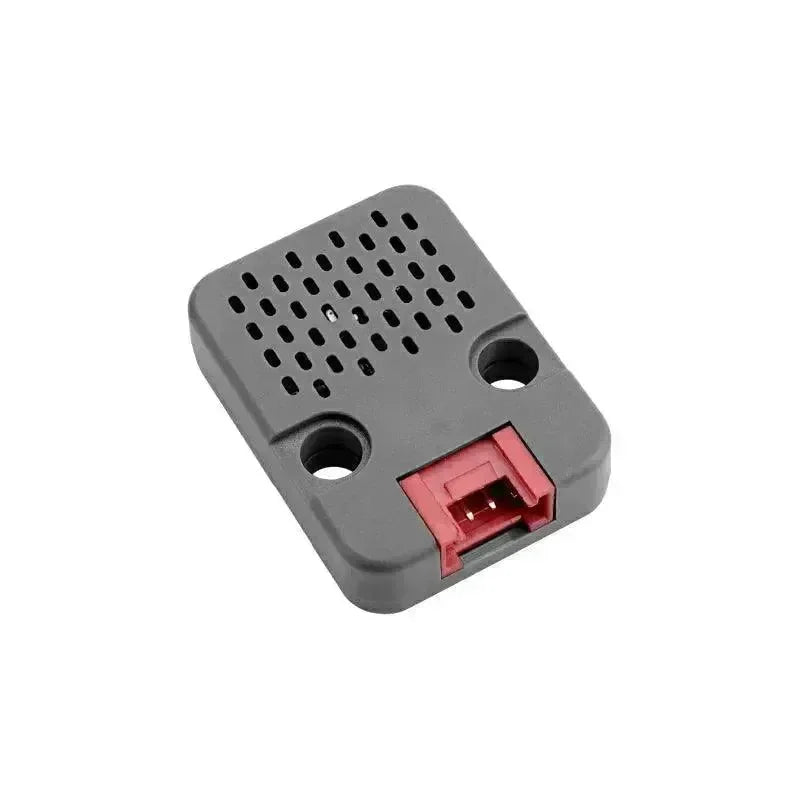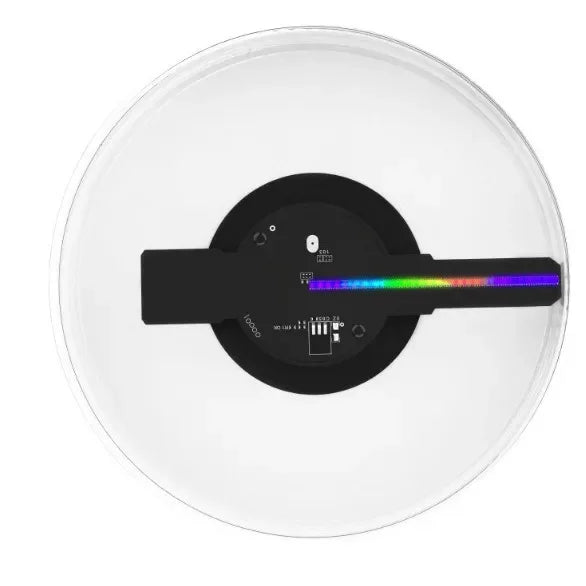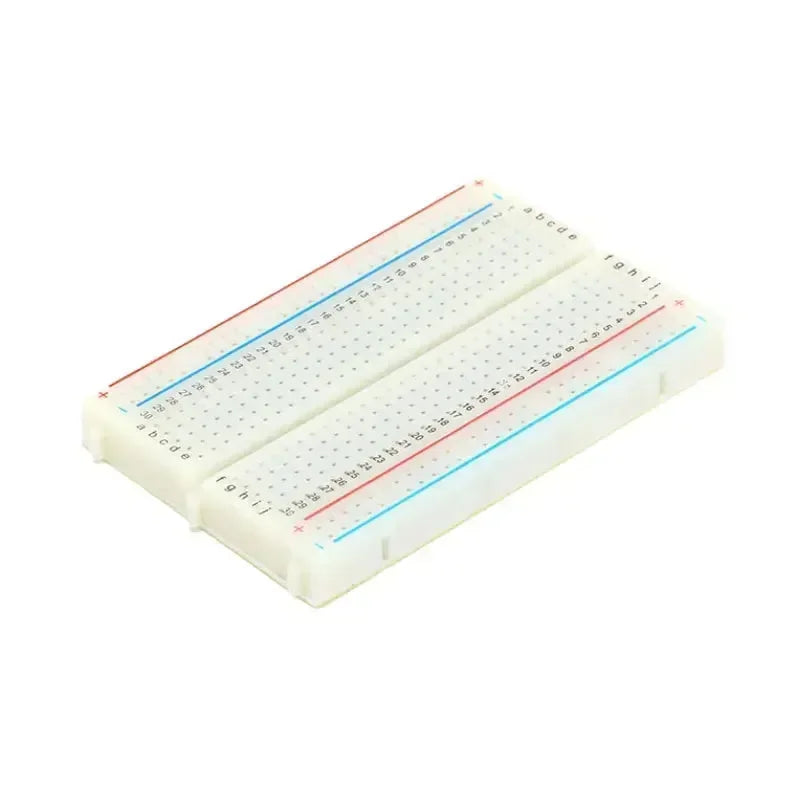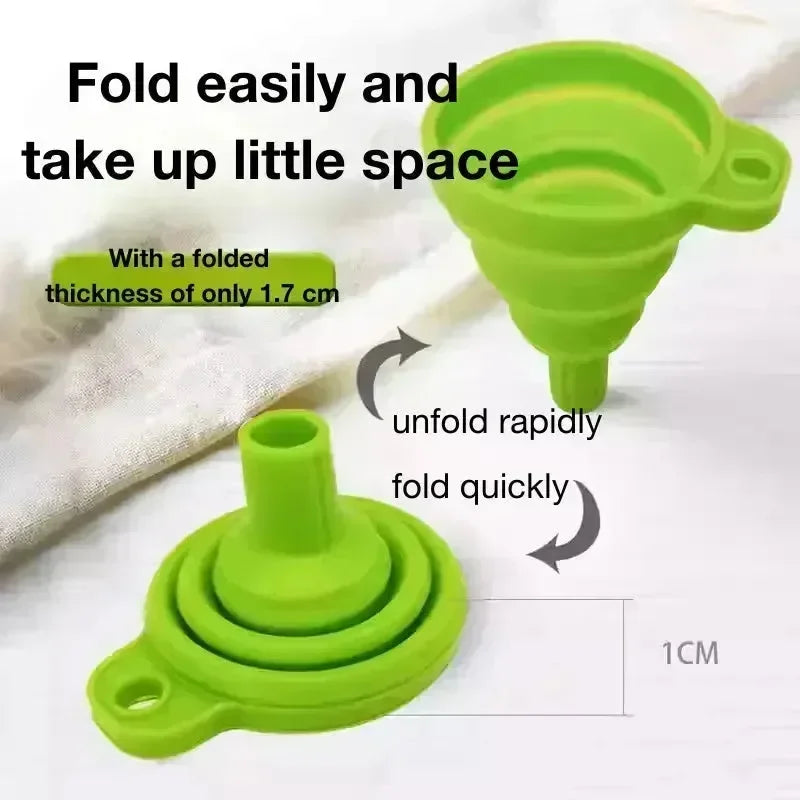The Raspberry Pi series has been a total game-changer in the world of computing! It's offered affordable and versatile single-board computers for a wide range of applications, which is pretty amazing. With each new model, the lovely folks at the Raspberry Pi Foundation have made some pretty awesome improvements and added some cool new features. In this article, we'll take a closer look at the Raspberry Pi 3, Raspberry Pi 4, and the latest Raspberry Pi 5. We'll see what makes them different and how they've improved!

Raspberry Pi 3: The Foundation of Modern Pi
The Raspberry Pi 3 series, which launched in 2016, was a real game-changer! It was a big step up from its predecessors. It introduced built-in wireless connectivity and improved processing power, which made it a really popular choice for all kinds of projects!Key Features:
- Processor: The Raspberry Pi 3 is powered by a quad-core ARM Cortex-A53 processor clocked at 1.2 GHz. This provided a substantial performance boost over the previous models.
- Memory: It comes with 1GB of LPDDR2 RAM, which was sufficient for most basic computing tasks and lightweight applications.
- Connectivity: One of the major upgrades to the Raspberry Pi 3 was the inclusion of built-in Wi-Fi (802.11n) and Bluetooth 4.1, eliminating the need for external dongles. It also features a 10/100 Ethernet port for wired connections.
- Ports: The Raspberry Pi 3 includes four USB 2.0 ports, a full-size HDMI port, a 3.5mm audio jack, and a microSD card slot for storage.
- GPIO: It retains the 40-pin GPIO header, allowing for extensive interfacing with other hardware components.
Use Cases: The Raspberry Pi 3 is ideal for projects that require moderate processing power and wireless connectivity, such as home automation, media centers, and lightweight web servers. Its affordability and ease of use also make it a great choice for educational purposes and beginner projects.
Raspberry Pi 4: A Quantum Leap
The Raspberry Pi 4 was released in 2019 and it was a real game-changer! It brought a whole host of significant upgrades, making it a great option as a desktop replacement and a powerful tool for more demanding applications.Key Features:
- Processor: The Raspberry Pi 4 is equipped with a quad-core ARM Cortex-A72 processor clocked at 1.5 GHz, offering a substantial performance increase over the Raspberry Pi 3.
- Memory: It comes in multiple RAM configurations: 2GB, 4GB, and 8GB of LPDDR4-3200 SDRAM, catering to a wider range of applications from basic tasks to more memory-intensive operations.
- Connectivity: The Pi 4 includes dual-band Wi-Fi (802.11ac) and Bluetooth 5.0, providing faster and more reliable wireless connections. It also features a Gigabit Ethernet port, significantly improving network performance.
- Ports: One of the standout features of the Raspberry Pi 4 is its dual micro-HDMI ports, supporting up to two 4K displays. It also includes two USB 3.0 ports and two USB 2.0 ports, offering faster data transfer speeds. The 3.5mm audio jack and microSD card slot remain, with the addition of a USB-C power input for better power delivery.
- GPIO: The 40-pin GPIO header is retained, ensuring compatibility with existing accessories and HATs.
Use Cases: The Raspberry Pi 4 is suitable for more demanding applications, such as desktop computing, software development, and multimedia projects. Its enhanced processing power and connectivity options make it ideal for use as a home server, a network-attached storage (NAS) device, or even a lightweight gaming console.
Raspberry Pi 5: The Next Generation
We're so excited to introduce the Raspberry Pi 5, the latest and greatest addition to the Raspberry Pi family! It's got lots of new features and improvements, making it the most powerful and versatile Raspberry Pi to date!Key Features:
- Processor: The Raspberry Pi 5 is powered by a quad-core ARM Cortex-A76 processor clocked at 2.4 GHz, delivering a significant performance boost over the Raspberry Pi 4. This makes it capable of handling more complex and resource-intensive tasks.
- Memory: It offers 4GB and 8GB LPDDR4X-4267 SDRAM options, providing faster memory access and improved performance for memory-intensive applications.
- Connectivity: The Pi 5 includes dual-band Wi-Fi (802.11ac) and Bluetooth 5.0, along with a Gigabit Ethernet port. It also introduces support for PoE+ (Power over Ethernet Plus), allowing for more flexible power options.
- Ports: The Raspberry Pi 5 features dual micro-HDMI ports, supporting dual 4K displays at 60Hz. It also includes two USB 3.0 ports, two USB 2.0 ports, and a new PCIe 2.0 x1 interface for connecting high-speed peripherals. The USB-C power input remains, and a soft power button has been added for easier power management.
- Cooling: One of the notable additions in the Raspberry Pi 5 is the active cooling system, which helps maintain optimal performance under heavy loads.
- GPIO: The 40-pin GPIO header is still present, ensuring compatibility with existing accessories.
We've put together a few examples of how you might use our product. The Raspberry Pi 5 is perfect for all your high-performance needs! Whether you're working on AI and machine learning projects, advanced robotics, or complex software development, this little wonderbox has got you covered. Its enhanced processing power and connectivity options make it perfect for use as a powerful desktop computer, a high-performance server, or a development platform for cutting-edge technologies.
Detailed Comparison
To better understand the differences between these models, let’s compare their specifications side by side:
| Feature | Raspberry Pi 3 | Raspberry Pi 4 | Raspberry Pi 5 |
| Processor | Quad-core ARM Cortex-A53 @ 1.2 GHz | Quad-core ARM Cortex-A72 @ 1.5 GHz | Quad-core ARM Cortex-A76 @ 2.4 GHz |
| Memory | 1GB LPDDR2 | 2GB, 4GB, 8GB LPDDR4-3200 | 4GB, 8GB LPDDR4X-4267 |
| Wi-Fi | 802.11n | 802.11ac | 802.11ac |
| Bluetooth | 4.1 | 5 | 5 |
| Ethernet | 10/100 Mbps | Gigabit | Gigabit |
| USB Ports | 4 x USB 2.0 | 2 x USB 3.0, 2 x USB 2.0 | 2 x USB 3.0, 2 x USB 2.0 |
| HDMI Ports | 1 x Full-size HDMI | 2 x Micro-HDMI | 2 x Micro-HDMI |
| Display Support | 1080p | Dual 4K @ 60Hz | Dual 4K @ 60Hz |
| Storage | MicroSD | MicroSD | MicroSD, M.2 NVMe (via HAT) |
| Power Input | Micro USB | USB-C | USB-C |
| GPIO | 40-pin | 40-pin | 40-pin |
| Cooling | Passive | Passive | Active |
| PCIe Interface | No | No | Yes |
| PoE Support | No | Yes (via HAT) | Yes (PoE+) |
| Power Button | No | No | Yes |
Performance and Benchmarks
I'm so excited to tell you all about the amazing performance improvements from the Raspberry Pi 3 to the Raspberry Pi 5! The Raspberry Pi 5's ARM Cortex-A76 processor is a real star! It offers a significant boost in processing power, making it capable of handling more demanding tasks and applications. Benchmarks show that the Raspberry Pi 5 is approximately 2.5 times faster than the Raspberry Pi 4 in CPU performance, which is pretty impressive!The lovely folks at Raspberry Pi have also made some great improvements to the GPU in the Raspberry Pi 5, the VideoCore VII, which is a big step up from the VideoCore VI in the Raspberry Pi 4. This is great news for anyone who loves to play games or enjoy multimedia on their Pi! The Pi 5 is now better than ever for all your multimedia and gaming needs.
Connectivity and Expansion
We're so excited to introduce the Raspberry Pi 5, which comes with some amazing new connectivity options! You'll now be able to connect high-speed peripherals like NVMe SSDs thanks to the new PCIe 2.0 x1 interface. This is a big, exciting upgrade to the Raspberry Pi 4, which didn't have a PCIe interface before. We've also made it even easier for you to use and more efficient for you to use it, with the addition of a soft power button and active cooling system.
Power and Thermal Management
The Raspberry Pi 5 requires a more powerful power supply (5V 4A via USB-C) compared to the Raspberry Pi 4 (5V 3A via USB-C). This is due to the increased power requirements of the more powerful processor and additional features. The active cooling system in the Raspberry Pi 5 helps maintain optimal performance under heavy loads, preventing thermal throttling and ensuring stable operation.
Conclusion
The Raspberry Pi 3, Raspberry Pi 4, and Raspberry Pi 5 each offer unique features and improvements, catering to different needs and applications. The Raspberry Pi 3 is a great choice for basic.

